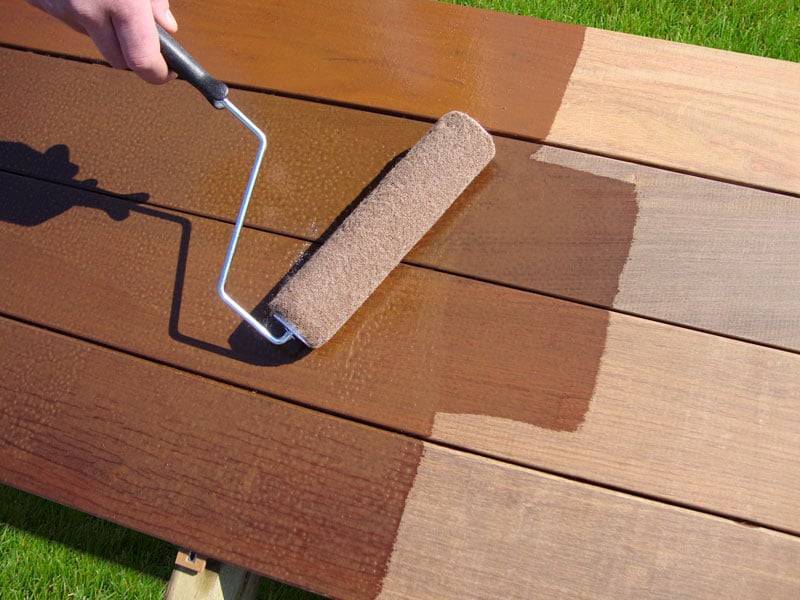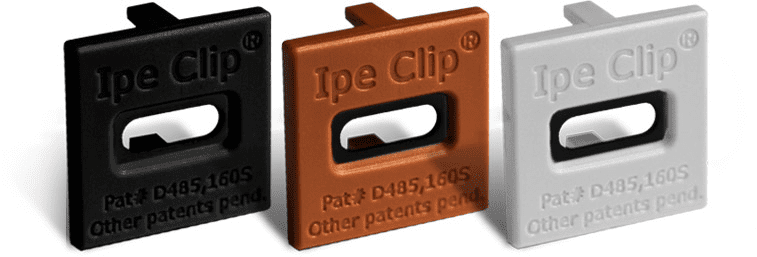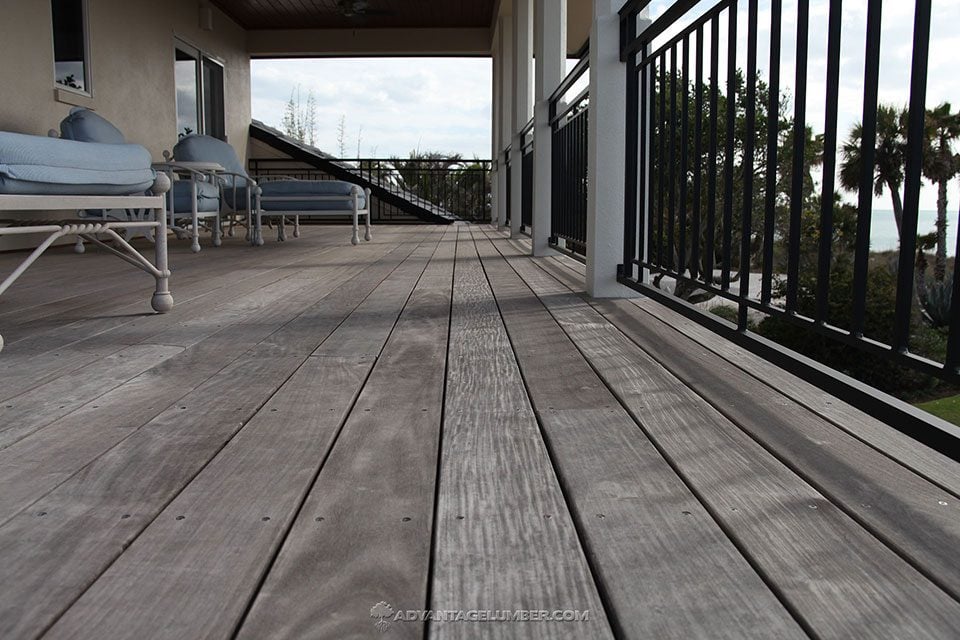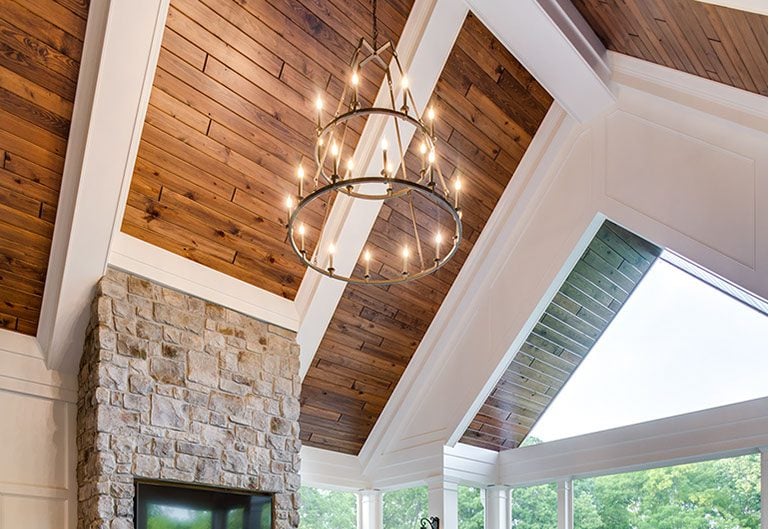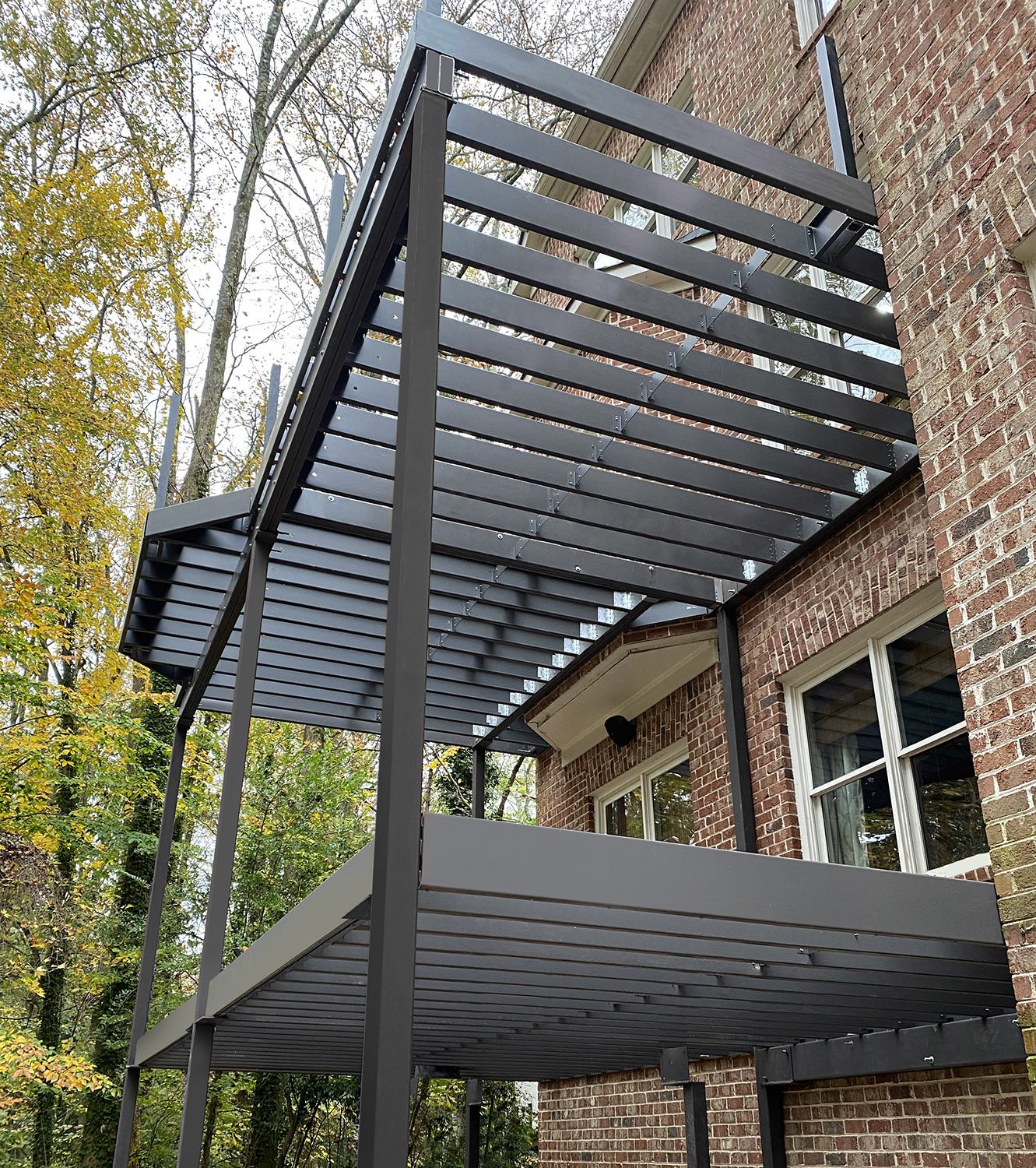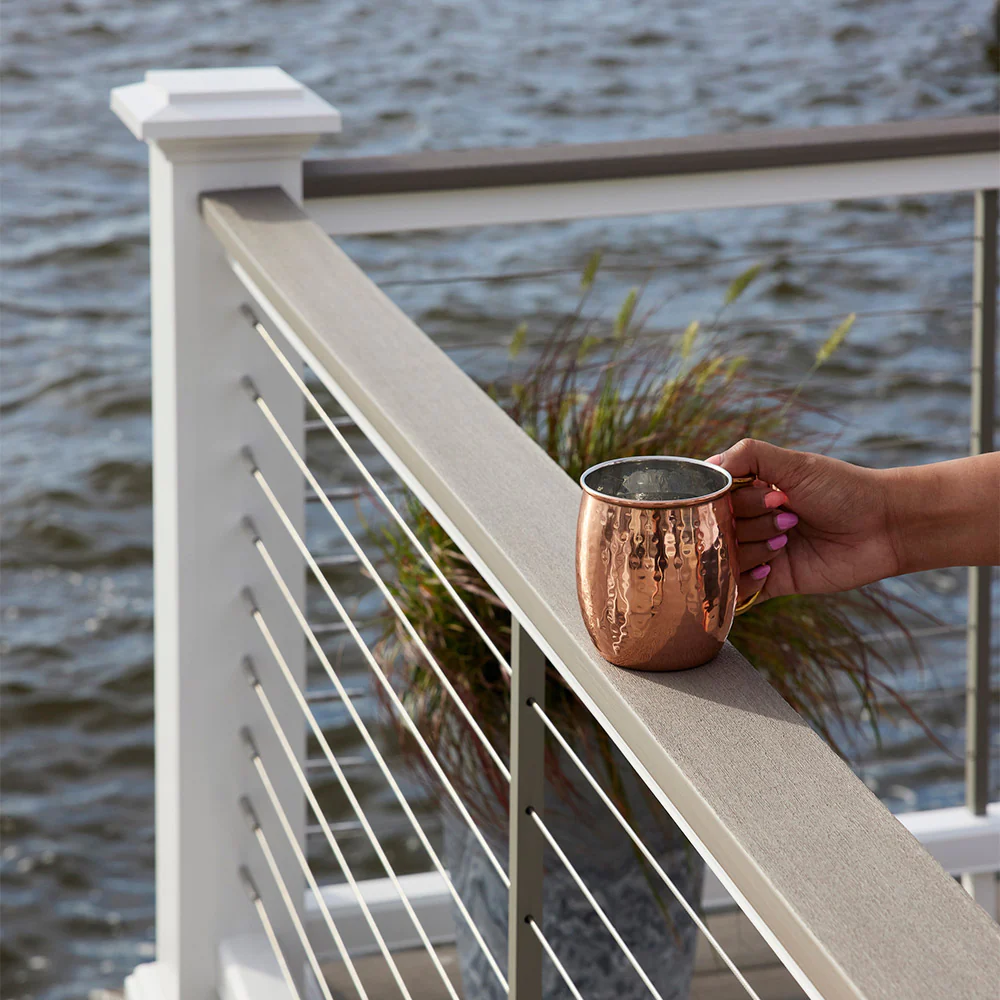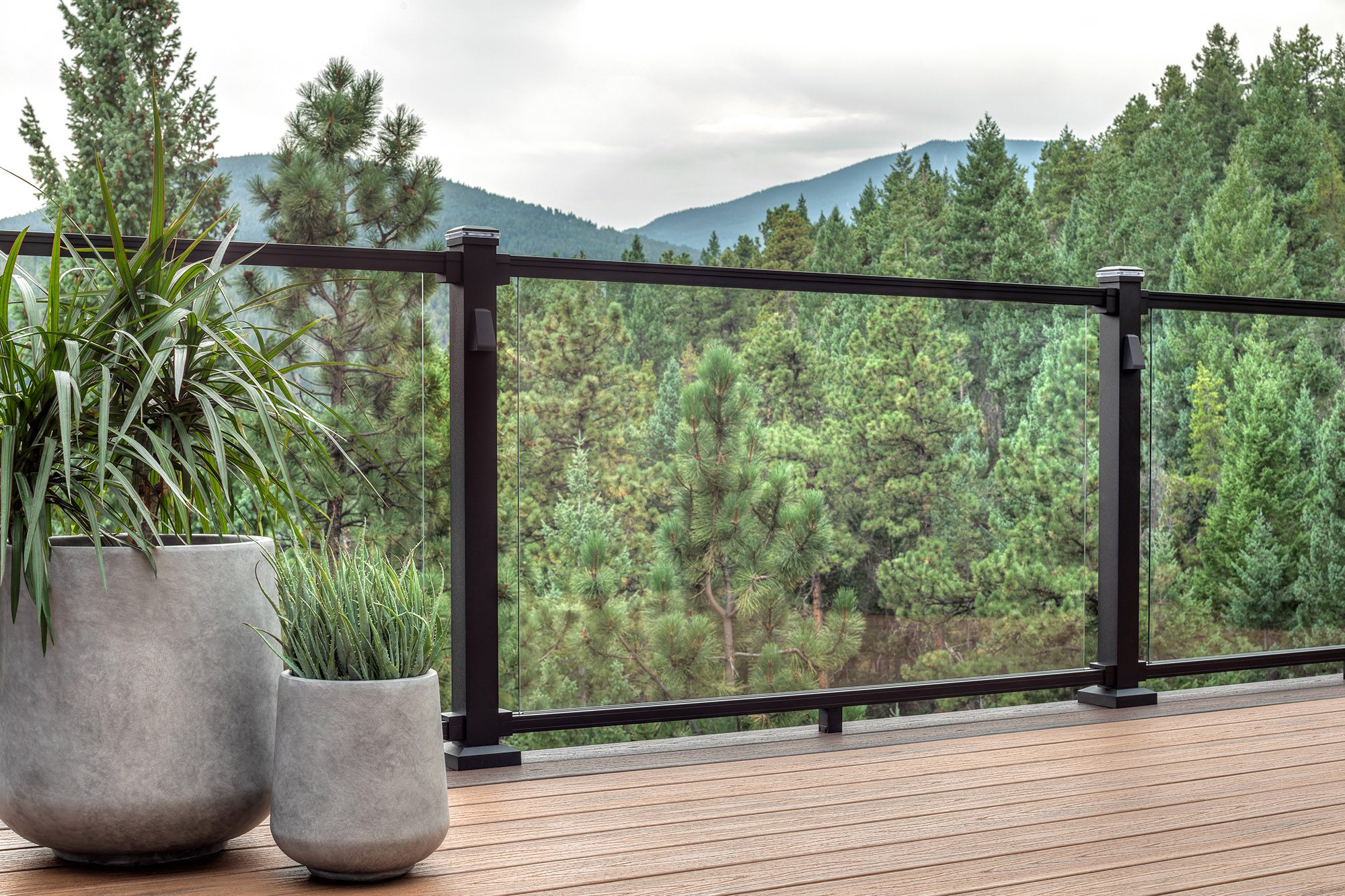How to Seal Wood for Outdoor Use
When it comes to preserving the beauty and longevity of your outdoor wood structures, sealing is a crucial step. Whether you’re working with decks, siding, or fences, a high-quality wood sealer can make all the difference. In this post, we’ll explore the benefits of using DeckWise® WiseCoat® Premium Wood Deck, Siding, & Fence Sealer, a …
